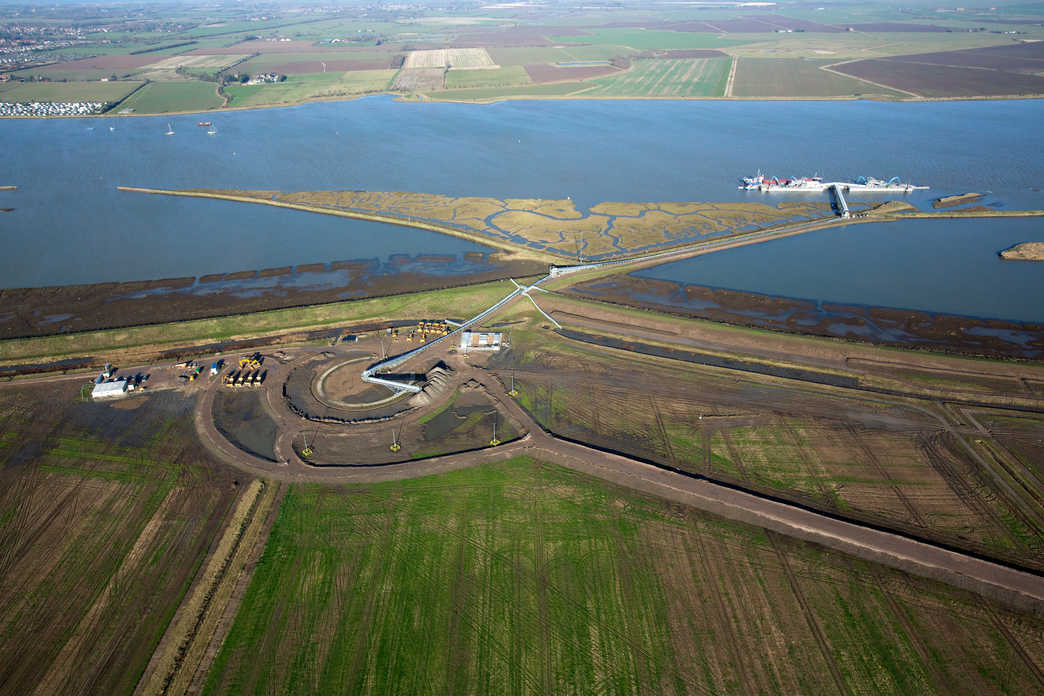The UK's Crossrail project is said to be Europe's largest construction project. What's more, the earth excavated to construct its tunnels is being used to develop one of Europe's largest nature reserves. Wallasea Island in Essex has recently received its final shipment of Crossrail earth.
When it's complete, the 118-km (73-mile) Crossrail rail route will link Reading and Heathrow to the west of London with Shenfield and Abbey Wood to the east, transporting an estimated 200 million passengers a year. In order to do so, however, 42 km (26 miles) of tunnels have had to be excavated beneath Central London.
According to Crossrail, a total of 6 million tonnes (6.6 million tons) of earth will be excavated during the project, some of which hasn't moved for up to 55 million years. Having finally seen the light of day, around 3 million tonnes of that has been transported to Wallasea Island in Essex to help restore the habitat there.
The Wallasea Island project is being delivered in partnership with the UK's Royal Society for the Protection of Birds (RSPB) charity. At 660 ha (2.5 sq mi), it is Crossrail's largest site. In addition to helping create a wetland nature reserve that is twice the size the City of London (an area within Central London), it will help to create a flood defense system for the UK.

As the eight tunnel-boring machines have gradually made their way through the ground below London, the excavated earth has been removed from the construction sites using conveyer belts, dumper trucks and, where necessary, vertically-winched skips. The earth has then been processed through a crusher and transported via trucks to the Docklands Transfer Site.
During the project, the Docklands Transfer Site has been receiving excavated earth from more than 15 sites around London. From there the earth has been loaded onto ships and transported to Wallasea Island. By using ships to make this leg of the journey, Crossrail says it has removed thousands of lorry journeys from London's roads.
In total, 1,500 ships worth of material has been delivered to Wallasea Island, containing around 2,000 tonnes (2,204 tons) of ex-London earth each. Once each shipload of material arrived, it was unloaded and moved along a conveyor system just under 1 km (0.6 mi) long before being deposited for temporary storage by a radial stacker.

For the final leg of the journey, the earth has been being moved across across Wallasea Island using a fleet of 20 dumper trucks. Once deposited in its final location, the earth is used to create mud flats, lagoons and salt marshes, which will eventually play host to tens of thousands of migratory birds.
More than 10 million tonnes (11 million tons) of earth is needed to complete the work at Wallasea Island, with work by the reserve to source the remaining 7 million tonnes ongoing.
The video below documents the journey of Crossrail's excavated material to Wallasea Island.











